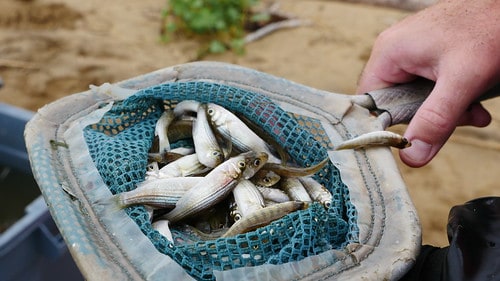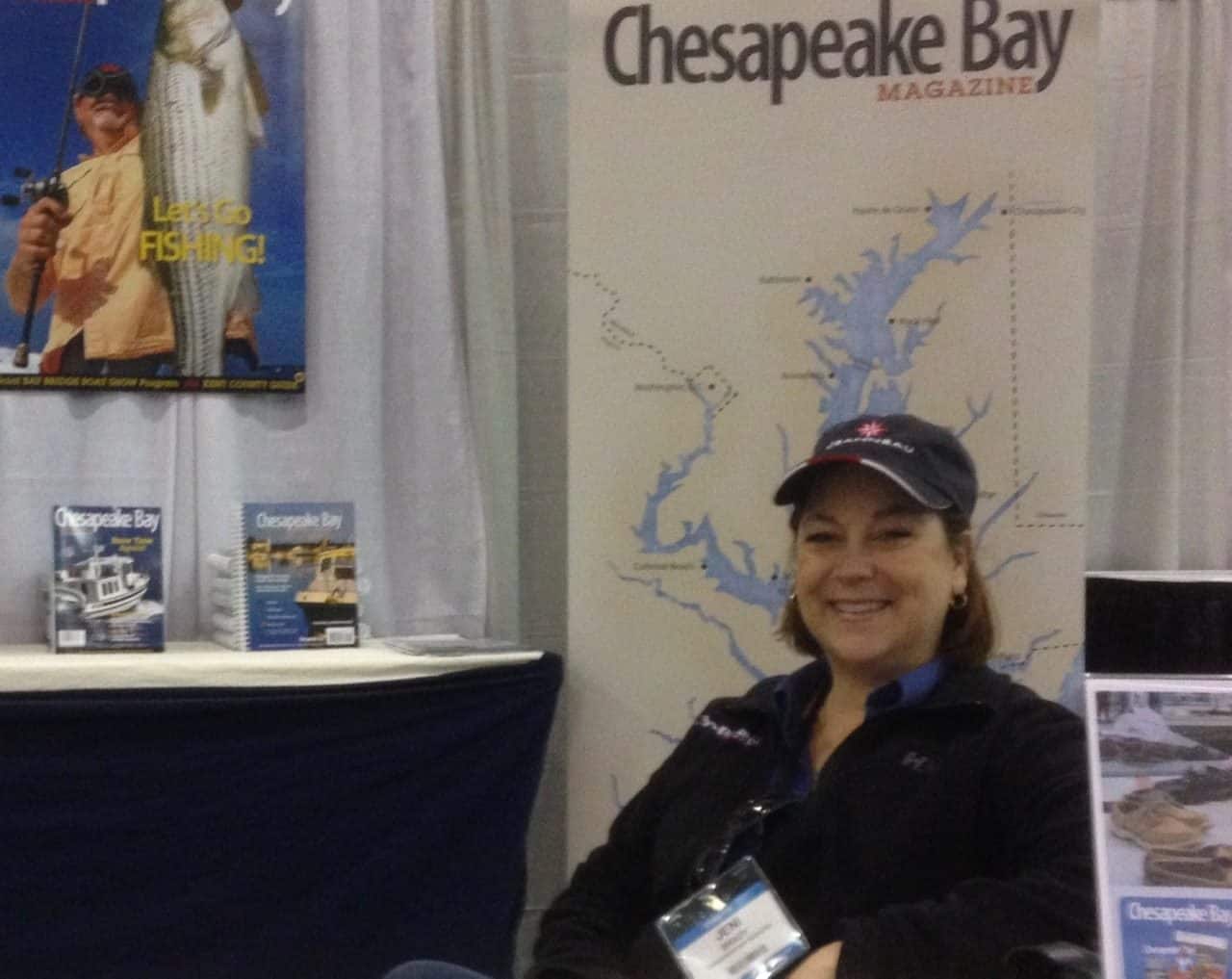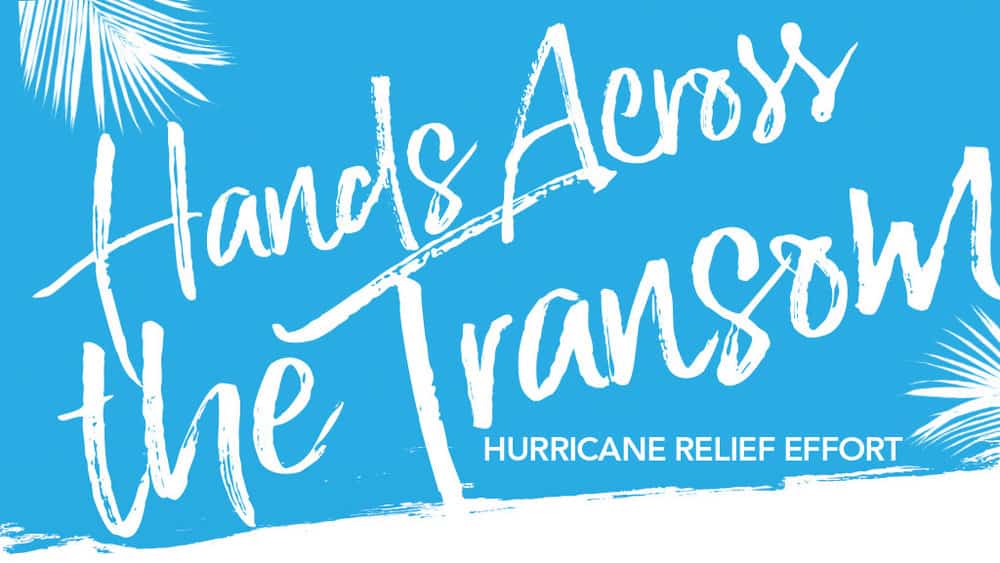The results of Maryland’s most recent rockfish spawning survey are in, and they aren’t good. Maryland Department of Natural Resources (DNR) announced that the 2020 juvenile striped bass index is 2.5, well below the average of 11.5, and even worse than last year’s 3.4.
The “young-of-year” survey tracks the reproductive success of rockfish in a given year. These juvenile fish are an important indicator because they are the fish that will grow to fishable sizes in three to four years. The surveys provide a glimpse of long-term trends in the striped bass population.
DNR, who has been collecting young of year data since 1954, collect fish with 100-foot beach seine net in 22 sites along major spawning areas in the Choptank, Nanticoke, and Potomac rivers and the Upper Chesapeake Bay.

In light of the lowest numbers since 2016, DNR is quick to point out that striped bass “are known for highly variable annual reproduction that is often influenced by environmental factors.” Other species with similar spawning habits saw the same drop in reproduction, DNR notes, like white perch, yellow perch, and river herring.
Even so, a poor year for rockfish spawning compounds an already-struggling striper population. In 2019, scientists determined that rockfish were overfished and that mortality due to fishing was higher than what the population can withstand in the long term.
This year, catch limits tightened to one fish per day for anglers, and the season shut down altogether for two weeks in August.
“We have implemented sound conservation measures to enhance the striped bass population in recent years and will continue to monitor and protect this important and iconic resource,” said Bill Anderson, Department of Natural Resources assistant secretary for Aquatic Resources.
But some conservation-minded anglers say Maryland didn’t go far enough to lower fishing mortality and return striper populations to target levels.
“Unfortunately, the measures DNR put in place… for the 2020 season fell well short of sound conservation, and ignored the input of thousands of anglers who weighed in last year,” says David Sikorski, Executive Director of Coastal Conservation Association Maryland.
“The decision not to cut commercial harvest in any meaningful way and divide the recreational sector undermines the conservation goals of the management plan,” Sikorski says. He points to the exception made to the one-fish limit placed on anglers, which allows those fishing on a charter boat a two-fish limit.
The Atlantic States Marine Fisheries Commission meets Wednesday afternoon (listen in on the live-streamed webinar on their website) on striped bass, to consider long-term management. In the meantime, DNR is taking public comment on summer season closure for the 2021 season. Weigh in at dnr.maryland.gov.
In Virginia, the young-of-year news is more positive. In 2020, the Commonwealth saw its eighth consecutive average or above average year for juevenile striped bass recruitment, with an index of 13.89 fish. The Virginia historic average is 7.77 fish.
While that number is notably above average, the Virginia Institute of Marine Science (VIMS), who conducts the survey, says this year’s number comes with an asterisk. Due to Hurricane Isaias and COVID-19 limitations, 19 percent fewer sites were sampled than usual. VIMS usually surveys 18 index sites in the Rappahannock, York, and James River watersheds. However, VIMS scientists believe this year’s results indicate the Virginia juvenile rockfish numbers remain relatively stable.
-Meg Walburn Viviano




